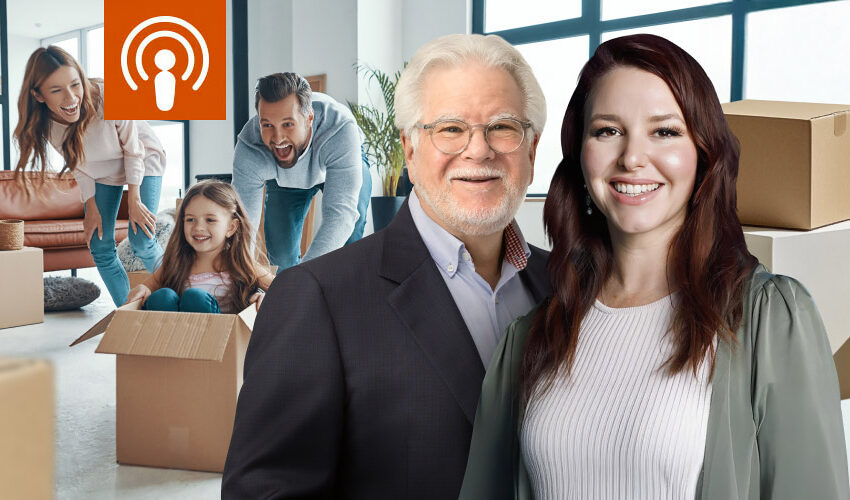 What happens when the Great Australian Dream becomes a financial nightmare?
What happens when the Great Australian Dream becomes a financial nightmare?
In 2025, buying your first home in Australia has become less of a rite of passage and more of a high-stakes gamble.
Record-high deposits, sky-high property prices, and mortgage repayments eating up more than 30% of many buyers’ income - it’s no wonder almost half of all first home buyers now regret their decision.
Today, I’m joined by Sarah Megginson, personal finance expert at Finder to discuss their First Home Buyer Report 2025 which reveals the rising pressure on young Australians trying to break into the property market - from paying well over budget to being left with no savings at all after settling.
We discuss why buyer's remorse is soaring, how affordability is vanishing, and what it all means for the future of home ownership in Australia.
Whether you’re an investor, a parent helping your kids buy, or just curious about where our housing market is heading, stick around. This is one of those episodes that will shift your perspective.
Takeaways
- The property market is increasingly challenging for first home buyers.
- Financial support from parents is becoming crucial for many buyers.
- Many first home buyers regret their purchase due to overspending.
- Government incentives can help first home buyers enter the market.
- Understanding lenders mortgage insurance is essential for buyers.
- Saving habits are critical for managing home ownership costs.
- Buyers are adapting by considering different locations and dwelling types.
- The emotional aspect of buying a home can be overwhelming.
- It's important to think long-term when making a home purchase.
- There are still opportunities for home ownership despite market challenges.
Links and Resources:
Answer this week’s trivia question here- www.PropertyTrivia.com.au
- Win a hard copy of How to Grow a Multi-Million Dollar Property Portfolio – in your spare time.
- Everyone wins a copy of a fully updated property report – What’s ahead for property for 2025 and beyond.
Finder’s First Home Buyer’s Report https://www.finder.com.au/insights/first-home-buyer-report-2025
Sarah Megginson - money expert and Head of Editorial at Finder
Get the team at Metropole to help build your personal Strategic Property Plan Click here and have a chat with us
Michael Yardney – Subscribe to my Property Update newsletter here
Get a bundle of eBooks and Reports at www.PodcastBonus.com.au
Also, please subscribe to my other podcast Demographics Decoded with Simon Kuestenmacher – just look for Demographics Decoded wherever you are listening to this podcast and subscribe so each week we can unveil the trends shaping your future.
Subscribe & don’t miss a single episode of Michael Yardney’s podcast
Hear Michael & a select panel of guest experts discuss property investment, success & money related topics. Subscribe now, whether you're on an Apple or Android handset.
Need help listening to Michael Yardney’s podcast from your phone or tablet?
We have created easy to follow instructions for you whether you're on iPhone / iPad or an Android device.
Prefer to subscribe via email?
Join Michael Yardney's inner circle of daily subscribers and get into the head of Australia's best property investment advisor and a wide team of leading property researchers and commentators.

![[PODCAST] Regret, Reality, and the Race to Buy: What First Home Buyers Are Really Facing in 2025 With Sarah Megginson](https://cdn.propertyupdate.com.au/wp-content/uploads/2025/07/MY-podcast-695-Really_Facing_in_2025-SM-1.jpg)







